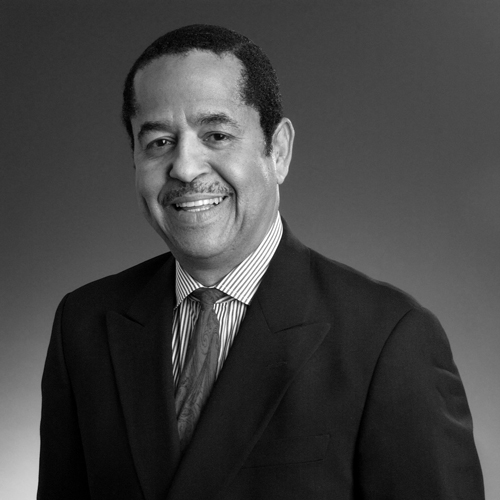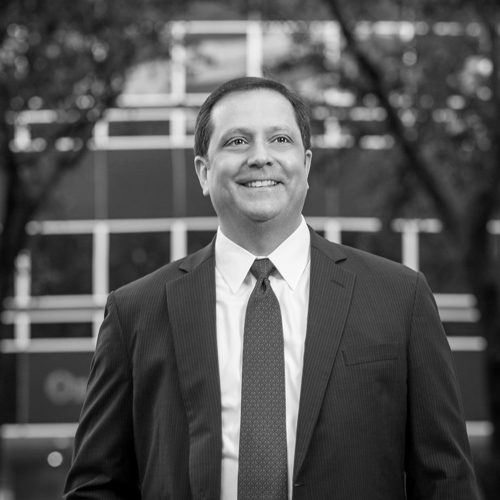Digital technology is transforming the eyewear industry, but it isn’t just eye doctors and businesspeople who need to keep up with the change. Lawyers such as Peggy Hintergardt, associate general counsel at manufacturer Essilor of America, have to keep up, too.
“The eye-care industry has revolutionized in the past several years,” says Hintergardt. “The way glasses are being fabricated today is completely different than it has been for the past 50 years.”
Hintergardt oversees the company’s US operations and its affiliates. She handles litigation and compliance; negotiates, drafts, and reviews technology and distribution agreements; and manages contracts with big-box retailers that have vision centers and managed-care providers.
Traditionally, lens manufacturing involved the use of a semifinished “blank” lens created using glass molds. A laboratory would then grind into the back surface of the blank to match a prescribed strength. This process didn’t allow for much customization.
Today, computer-controlled surfacing equipment, which is much more precise, inscribes the lens, allowing for a level of customization never before available. Fabricators can take into account the position of lenses in front of the wearer’s eyes and the angle between the eye and the surface of the lens in different gaze positions, such as when the wearer is looking off to the side rather than straight through the center of the lens. The resulting glasses provide the sharpest vision possible from all angles.
“It’s amazing, because lenses are so personal,” Hintergardt says. “It’s like the difference between walking into a department store and buying a size-four suit versus going into a tailor and having a suit custom-made for you.”
For Essilor, the advent of this technology presents a number of legal challenges, due in large part to the company’s global scale. Legal is a lean department at Essilor, and Hintergardt admits that the volume of work is daunting, given the increasingly large footprint of the company. “It forces you to be a linear thinker,” she adds. “You really have to be very organized and put things into buckets in terms of priority, profitability for the company, where risk is more palatable and where it is not, and where you might need outside counsel.”
Essilor is considered the leading manufacturer and wholesale distributor of optical lenses in the United States. It also has a number of affiliate businesses, such as manufacturers of optical laboratory equipment and distributors of optical accessories such as clip-ons and cleaning solutions. “Our labs use our own technology to digitally surface lenses and produce antireflective coatings, but we also license that technology to other labs to manufacture those same products in-house,” Hintergardt explains. There are situations in which an independent laboratory, a competitor, is using Essilor technology and distributing its branded products. Any time Hintergardt faces a legal issue, she has to think about how the resolution will impact all of Essilor’s different businesses.
In addition to legal hurdles presented by the company’s technology, Hintergardt faces many issues in her management of human resources. “The HR issues people deal with today are so much more complex than when I started practicing law,” she says. She adds that laws protecting employees, specifically in medical issues, are complex, especially because Essilor is an interstate company. That requires Hintergardt to work closely with her human resources colleagues to provide them with a framework for evaluating legal issues.
One key to success, Hintergardt says, is collaboration. It’s a strategy that requires thoughtful listening. “I’ve learned that you’ll have the best dialogue if you just sit and listen, then ask the right questions. We’re such a complex business model; you can’t rush the discussion and just give advice off the cuff.”
Hintergardt urges in-house lawyers to listen as well as be responsive. She makes it a personal rule to, at a minimum, acknowledge requests within 24 hours of receiving them. “Addressing people rather than ignoring them until you have time to satisfy their need has a remarkable effect,” she says. “It really lets your clients know that they are valued.”


